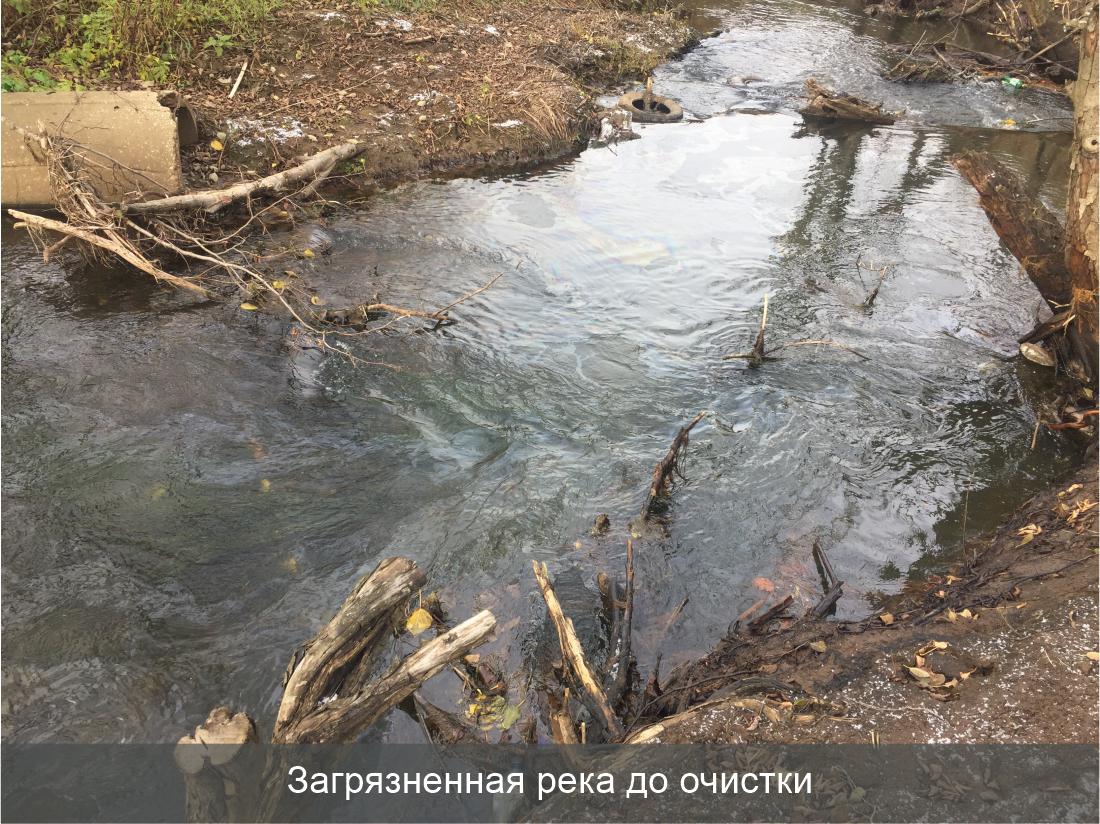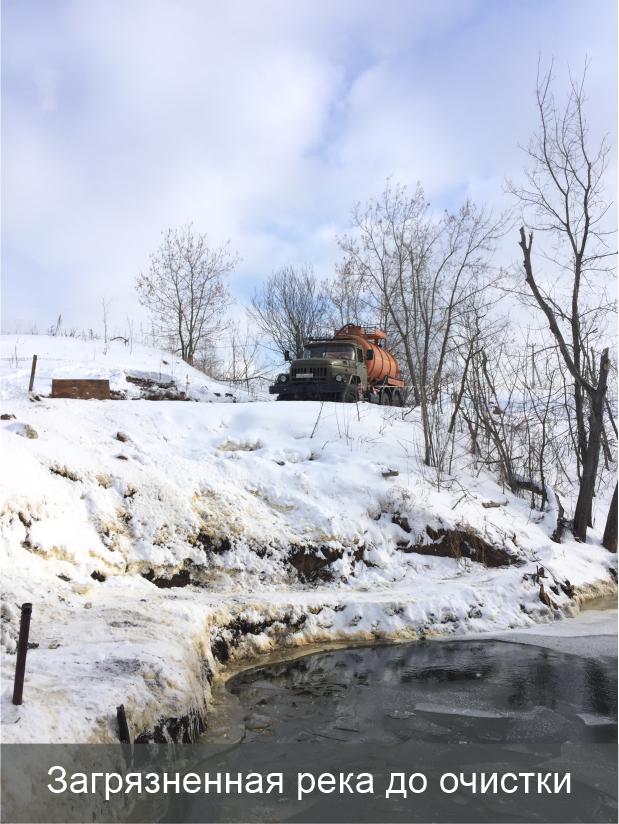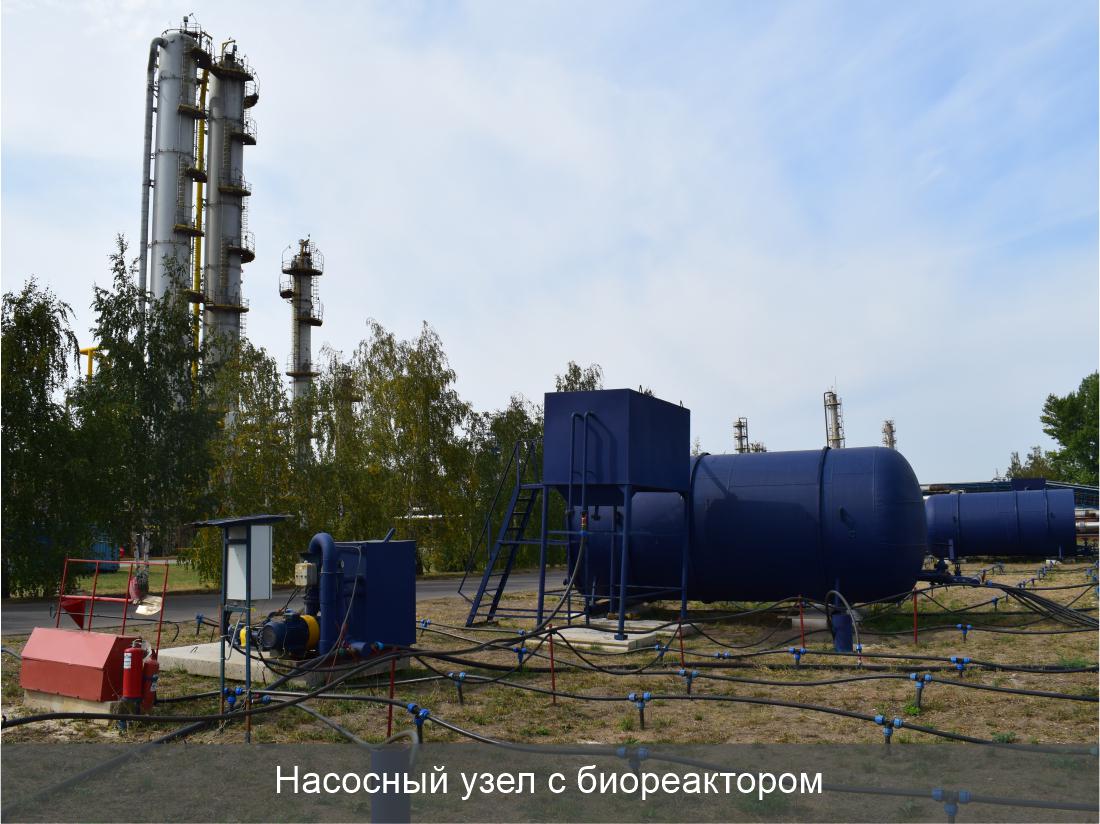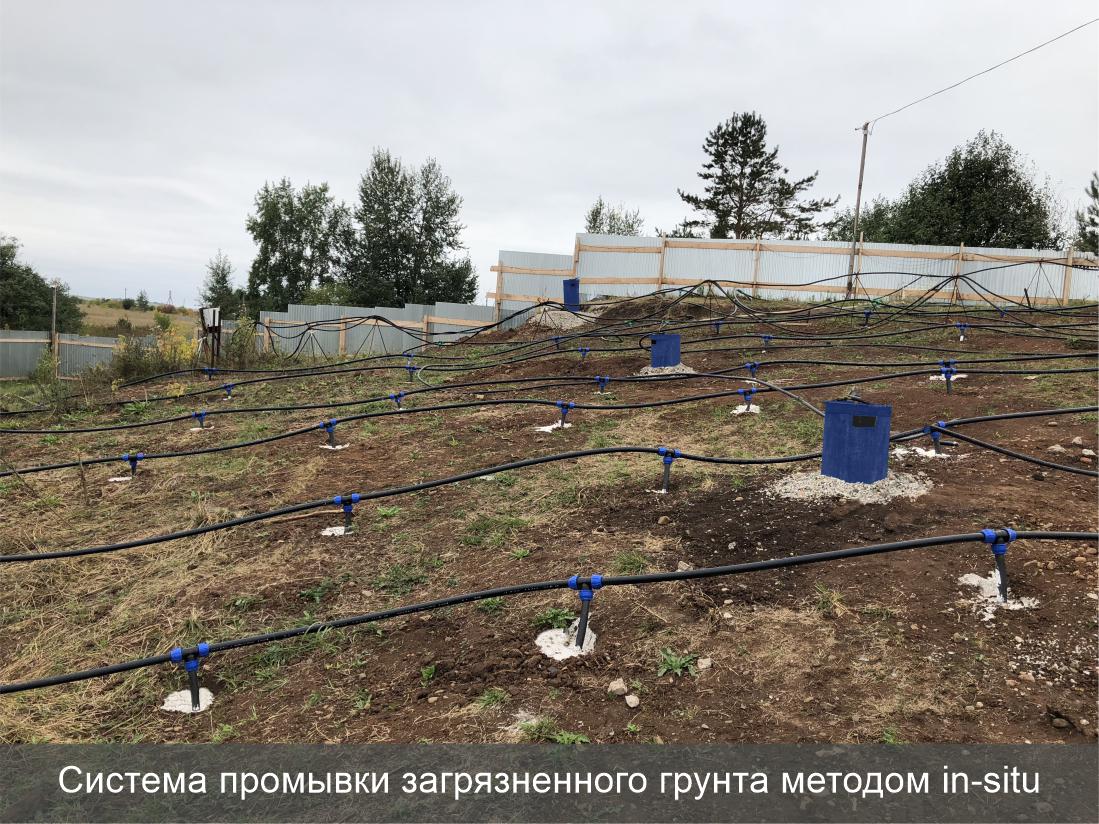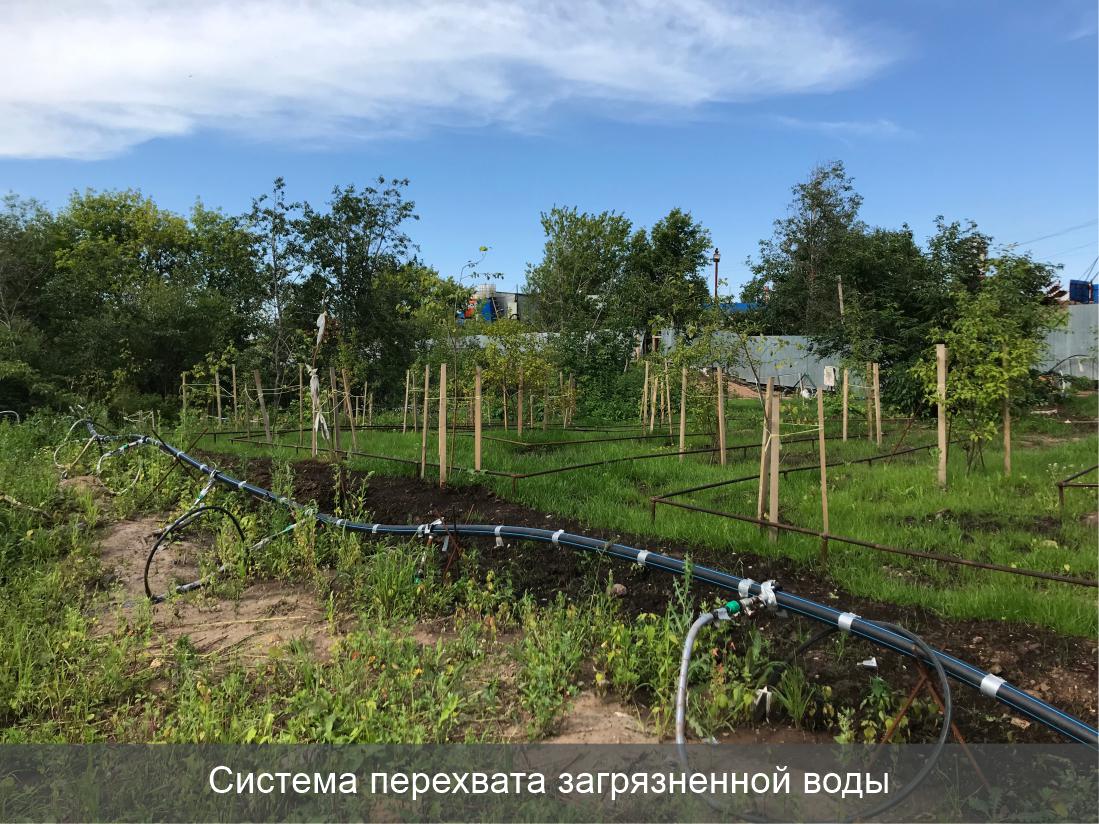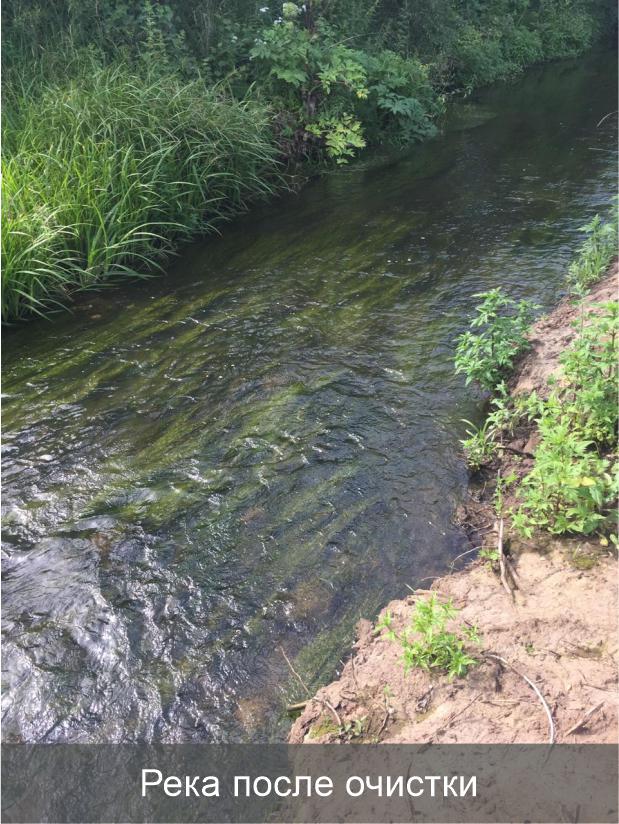The method of groundwater treatment and deep cleaning of soils from oil pollution without excavation - the experience of the Russian oilfield service company NNIAT
Currently, many large oil refineries, within whose boundaries there are oily pollution, are dealing with the elimination of accumulated environmental damage that arose back in the Soviet period. In most cases, the consequences of pollution are manifested in areas adjacent to the places of pollution, and the pollutant, having migrated, begins to have a negative impact on the components of the environment.
Each case of underground hydrocarbon pollution is unique, treatment methods are selected based on specific conditions and environmental quality targets. The 16-year experience and potential of knowledge accumulated at
Currently, many large oil refineries, within whose boundaries there are oily pollution, are dealing with the elimination of accumulated environmental damage that arose back in the Soviet period. In most cases, the consequences of pollution are manifested in areas adjacent to the places of pollution, and the pollutant, having migrated, begins to have a negative impact on the components of the environment.
Each case of underground hydrocarbon pollution is unique, treatment methods are selected based on specific conditions and environmental quality targets. The 16-year experience and potential of knowledge accumulated at
Currently, many large oil refineries, within whose boundaries there are oily pollution, are dealing with the elimination of accumulated environmental damage that arose back in the Soviet period. In most cases, the consequences of pollution are manifested in areas adjacent to the places of pollution, and the pollutant, having migrated, begins to have a negative impact on the components of the environment.
Each case of underground hydrocarbon pollution is unique, treatment methods are selected based on specific conditions and environmental quality targets. The 16-year experience and potential of knowledge accumulated at NNIAT allows us to individually approach the solution of environmental problems of any complexity.
As part of preliminary studies, we usually evaluate:
- source of pollution;
- the composition of the pollutant and its properties, distribution on the plan and in the profile;
- the ability of the pollutant to migrate;
- geological and hydrogeological conditions (by conducting geofiltration and geomigration studies).
Specialists of the Nizhny Novgorod Institute of Applied Technologies apply reliable unique solutions directly to combat oil pollution. In particular, a system for the complex cleaning of the geological environment from hydrocarbon pollution by the in-situ method (in situ) has been developed and is being successfully used. This system is highly effective against all negative pollution factors, and is also used in water protection zones.
The method is based on a set of measures, consisting of:
- pumping out mobile oil product;
- active flushing of soils from sorbed and pinched oil products;
- introduction and activation of microorganisms that ensure the final purification of soils and groundwater.
An example is a project to protect a river in one of the regions of Russia.
In this area, groundwater with oily liquid seeped out from underground lenses located under the territory of the industrial site. During a preliminary survey, a section of the river 350 meters long was identified, where an active release of oil products into a water body took place. A film of oil products accumulated on the surface of the river, the maximum permissible concentrations of oil products in the river were repeatedly exceeded.
As part of the work to prevent the ingress of oil-contaminated groundwater into the water body, a set of measures was developed and implemented.
- A survey of the territory was carried out with exploratory drilling to assess the pollution of the geological environment both in the coastal area and upstream the groundwater flow; underground migration routes of the pollutant were identified;
- Directly at the coastline on the path of migration of oily liquid, an impervious curtain was created by the claying method, which is the supply of bentonite under pressure, which reduces the filtration capacity of soils. A local network of pumping and injection wells has been built, reliably intercepting oily liquid and contaminated groundwater. The construction of temporary pipelines was also completed to transfer the pumped out oily liquid to the Customer. Residual soil contamination of the aquifer in the coastal zone on an area of 1 ha was eliminated by bioremediation.
- On the territory of the location of underground lenses, a network of wells was equipped, through which oil-containing liquid in the amount of more than 80,000 tons was extracted and transferred to the Customer.
The completed work package showed high efficiency. The output of oil products was completely eliminated, and the concentration of dissolved oil products in water at the moment does not exceed the maximum allowable concentration for water bodies for fisheries.
Soil and groundwater treatment technologies from NNIAT have the following advantages:
- purification of oil-contaminated soils and groundwater is carried out without damaging the soil;
- the construction of an impervious wall is carried out to a depth of up to 70 m;
- the migration of polluted groundwater stops;
- eliminates the risk of moving any substances outside the contaminated area during the work;
- extracted hydrocarbons are returned to the Customer's technological cycle and reused in production;
- the method is applicable to any type of pollution, including toxic ones;
- the method is ecologically safe and has no negative impact on the environment.
allows us to individually approach the solution of environmental problems of any complexity.
As part of preliminary studies, we usually evaluate:
- source of pollution;
- the composition of the pollutant and its properties, distribution on the plan and in the profile;
- the ability of the pollutant to migrate;
- geological and hydrogeological conditions (by conducting geofiltration and geomigration studies).
Specialists of the Nizhny Novgorod Institute of Applied Technologies apply reliable unique solutions directly to combat oil pollution. In particular, a system for the complex cleaning of the geological environment from hydrocarbon pollution by the in-situ method (in situ) has been developed and is being successfully used. This system is highly effective against all negative pollution factors, and is also used in water protection zones.
The method is based on a set of measures, consisting of:
- pumping out mobile oil product;
- active flushing of soils from sorbed and pinched oil products;
- introduction and activation of microorganisms that ensure the final purification of soils and groundwater.
An example is a project to protect a river in one of the regions of Russia.
In this area, groundwater with oily liquid seeped out from underground lenses located under the territory of the industrial site. During a preliminary survey, a section of the river 350 meters long was identified, where an active release of oil products into a water body took place. A film of oil products accumulated on the surface of the river, the maximum permissible concentrations of oil products in the river were repeatedly exceeded.
As part of the work to prevent the ingress of oil-contaminated groundwater into the water body, a set of measures was developed and implemented.
- A survey of the territory was carried out with exploratory drilling to assess the pollution of the geological environment both in the coastal area and upstream the groundwater flow; underground migration routes of the pollutant were identified;
- Directly at the coastline on the path of migration of oily liquid, an impervious curtain was created by the claying method, which is the supply of bentonite under pressure, which reduces the filtration capacity of soils. A local network of pumping and injection wells has been built, reliably intercepting oily liquid and contaminated groundwater. The construction of temporary pipelines was also completed to transfer the pumped out oily liquid to the Customer. Residual soil contamination of the aquifer in the coastal zone on an area of 1 ha was eliminated by bioremediation.
- On the territory of the location of underground lenses, a network of wells was equipped, through which oil-containing liquid in the amount of more than 80,000 tons was extracted and transferred to the Customer.
The completed work package showed high efficiency. The output of oil products was completely eliminated, and the concentration of dissolved oil products in water at the moment does not exceed the maximum allowable concentration for water bodies for fisheries.
Soil and groundwater treatment technologies from NNIAT have the following advantages:
- purification of oil-contaminated soils and groundwater is carried out without damaging the soil;
- the construction of an impervious wall is carried out to a depth of up to 70 m;
- the migration of polluted groundwater stops;
- eliminates the risk of moving any substances outside the contaminated area during the work;
- extracted hydrocarbons are returned to the Customer's technological cycle and reused in production;
- the method is applicable to any type of pollution, including toxic ones;
- the method is ecologically safe and has no negative impact on the environment.
allows us to individually approach the solution of environmental problems of any complexity.
As part of preliminary studies, we usually evaluate:
- source of pollution;
- the composition of the pollutant and its properties, distribution on the plan and in the profile;
- the ability of the pollutant to migrate;
- geological and hydrogeological conditions (by conducting geofiltration and geomigration studies).
Specialists of the Nizhny Novgorod Institute of Applied Technologies apply reliable unique solutions directly to combat oil pollution. In particular, a system for the complex cleaning of the geological environment from hydrocarbon pollution by the in-situ method (in situ) has been developed and is being successfully used. This system is highly effective against all negative pollution factors, and is also used in water protection zones.
The method is based on a set of measures, consisting of:
- pumping out mobile oil product;
- active flushing of soils from sorbed and pinched oil products;
- introduction and activation of microorganisms that ensure the final purification of soils and groundwater.
An example is a project to protect a river in one of the regions of Russia.
In this area, groundwater with oily liquid seeped out from underground lenses located under the territory of the industrial site. During a preliminary survey, a section of the river 350 meters long was identified, where an active release of oil products into a water body took place. A film of oil products accumulated on the surface of the river, the maximum permissible concentrations of oil products in the river were repeatedly exceeded.
As part of the work to prevent the ingress of oil-contaminated groundwater into the water body, a set of measures was developed and implemented.
- A survey of the territory was carried out with exploratory drilling to assess the pollution of the geological environment both in the coastal area and upstream the groundwater flow; underground migration routes of the pollutant were identified;
- Directly at the coastline on the path of migration of oily liquid, an impervious curtain was created by the claying method, which is the supply of bentonite under pressure, which reduces the filtration capacity of soils. A local network of pumping and injection wells has been built, reliably intercepting oily liquid and contaminated groundwater. The construction of temporary pipelines was also completed to transfer the pumped out oily liquid to the Customer. Residual soil contamination of the aquifer in the coastal zone on an area of 1 ha was eliminated by bioremediation.
- On the territory of the location of underground lenses, a network of wells was equipped, through which oil-containing liquid in the amount of more than 80,000 tons was extracted and transferred to the Customer.
The completed work package showed high efficiency. The output of oil products was completely eliminated, and the concentration of dissolved oil products in water at the moment does not exceed the maximum allowable concentration for water bodies for fisheries.
Soil and groundwater treatment technologies from NNIAT have the following advantages:
- purification of oil-contaminated soils and groundwater is carried out without damaging the soil;
- the construction of an impervious wall is carried out to a depth of up to 70 m;
- the migration of polluted groundwater stops;
- eliminates the risk of moving any substances outside the contaminated area during the work;
- extracted hydrocarbons are returned to the Customer's technological cycle and reused in production;
- the method is applicable to any type of pollution, including toxic ones;
- the method is ecologically safe and has no negative impact on the environment.
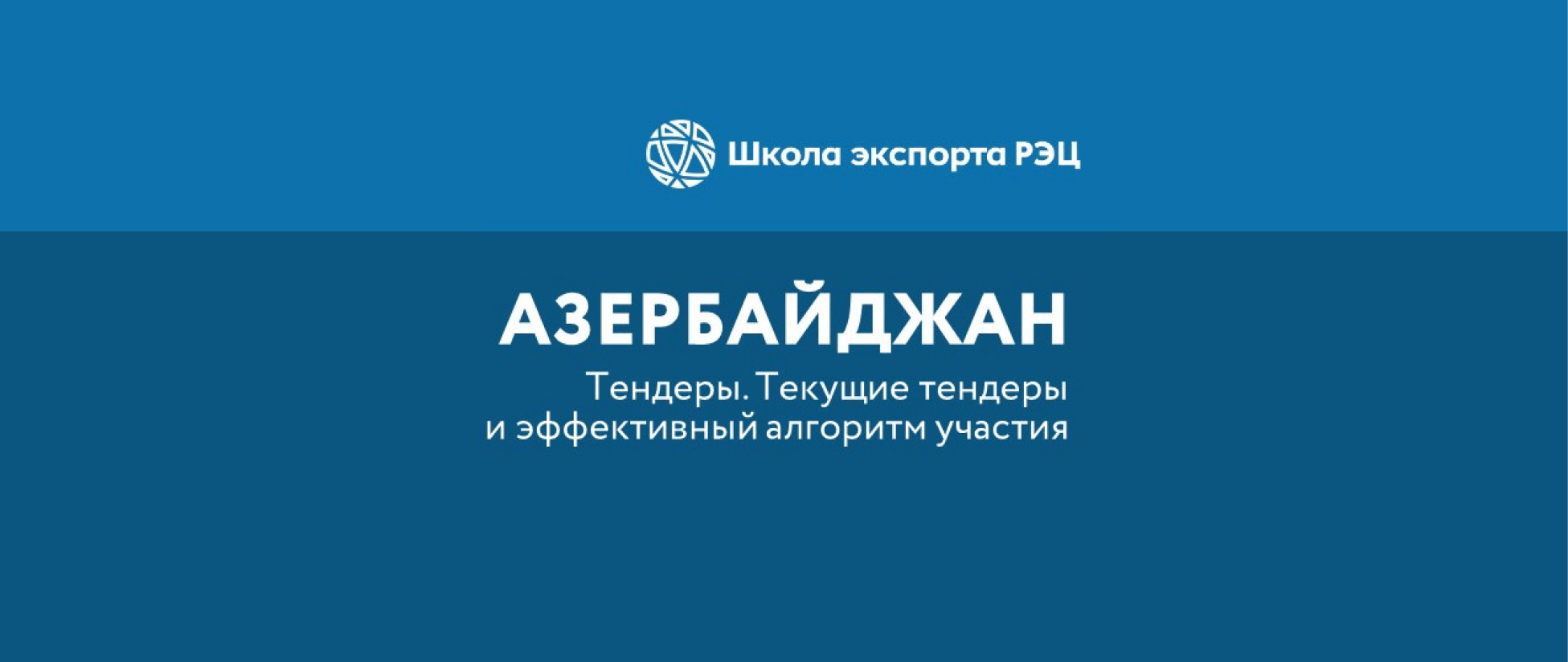
On April 16, 2024, NNIAT joined the international session “Azerbaijan …
View all
